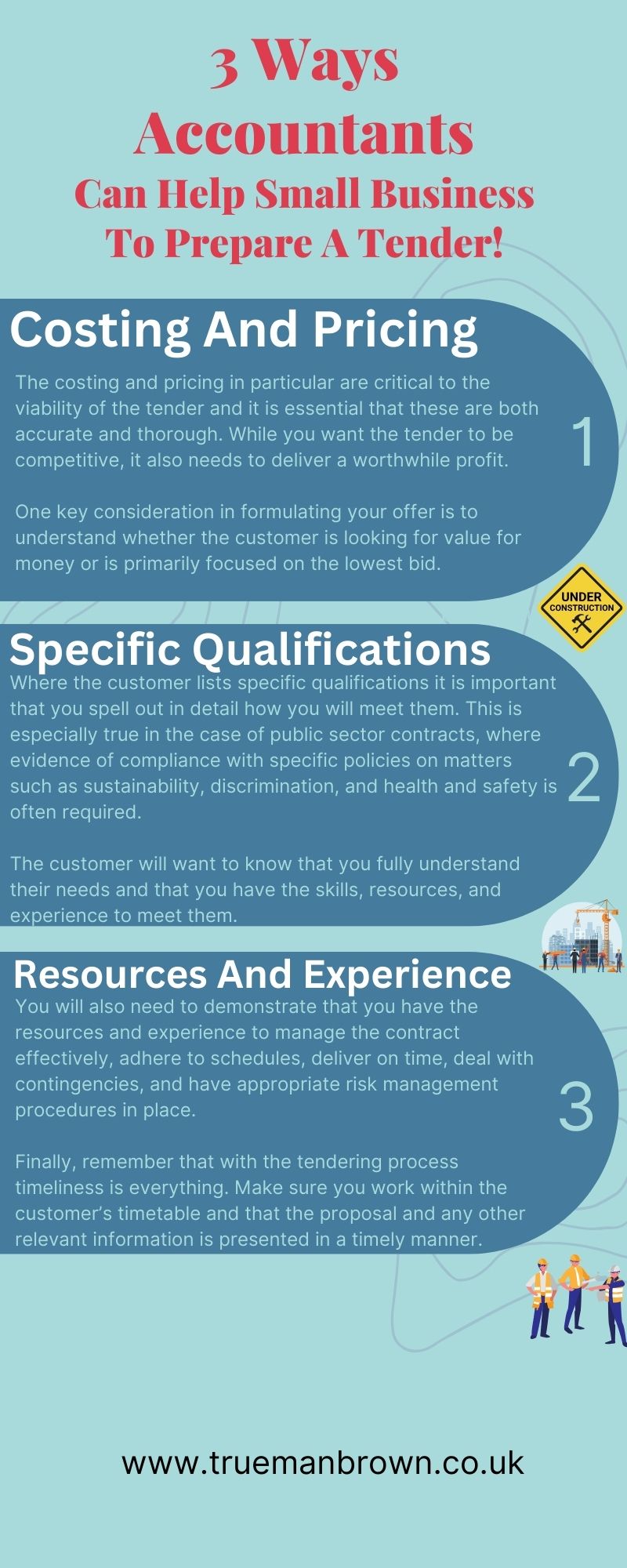Setting Your Pricing Objectives with Rainham Accountants
Before diving into numbers, you need clarity on what you want your pricing strategy to achieve.
As Rainham accountants, Trueman Brown emphasise that your pricing objectives should align with your broader business goals, marketing plans, and competitive positioning.
Typical objectives include:
-
Maximising short- or long-term profit
-
Growing sales volume or revenue
-
Gaining or defending market share
-
Achieving a target return on investment
-
Building or reinforcing your brand image
-
Surviving in challenging markets
-
Preparing for future exit or sale
Once your objectives are defined, you can choose the most appropriate pricing methods to support them.
Core Pricing Approaches Used by Rainham Accountants
Cost-plus Pricing with Rainham Accountants Insight
One simple and widely used approach is cost-plus pricing.
You calculate the direct and indirect costs of producing a product or delivering a service, then add a markup (often expressed as a percentage) to produce a final sales price.
However, cost-plus pricing has limitations — it doesn’t inherently account for how much a customer values your offering, or how changes in price might impact demand.
Value-based Pricing via Rainham Accountants Perspective
An alternative (and often more strategic) method is value-based pricing.
Here, you assess what the product or service is worth from the customer’s perspective, taking into account benefits, differentiation, and willingness to pay.
You then set the price accordingly, rather than merely marking up costs.
To make this work, you need insight into customer perceptions, competitor positioning, and what makes your offering unique.

Additional Pricing Techniques Considered by Rainham Accountants
Beyond the two core methods, businesses often adopt more specialised techniques — sometimes in combination — depending on market conditions:
-
Price skimming (initial high price, then gradual reduction)
-
Penetration pricing (low price to gain share)
-
Competition-based pricing (benchmarking against rivals)
-
Loss leaders (using one low-margin item to drive other sales)
-
Discriminatory (tiered) pricing (different segments pay different rates)
-
Premium pricing (positioning as a high-value or luxury option)
-
Psychological pricing (e.g. £4.99 vs £5.00)
-
Bundle pricing (grouping products/services together)
-
Option pricing (core product with paid add-ons)
-
Marginal cost / promotional pricing (using low price during specific periods)
Each of these methods has its pros and cons, and the best approach may shift over time depending on your objectives, your market, and your competitive pressures.
Understanding Price Elasticity & Demand
A central concept in pricing is price elasticity of demand (PED) — how sensitive the quantity demanded is to changes in price. If demand is elastic, a small price change may lead to a large change in sales volume; if inelastic, demand changes less.
Some factors influencing elasticity include:
-
Availability of substitute products or services
-
Whether the product is a necessity or discretionary
-
The proportion of the customer’s budget consumed
-
Brand loyalty and switching costs
-
Duration of the price change
-
Whether the buyer perceives the value and cost personally
If demand is inelastic, raising prices may boost revenue. But if it’s elastic, a price increase could reduce total revenue.
It’s also useful to look at how price changes affect total revenue, using a simple rule:
% change in revenue = % change in quantity demanded + % change in price
In practice, you’ll want to model multiple “what-if” scenarios and assess the risk and upside of each.
Practical Steps: How Rainham Accountants Help You Implement Pricing
As Rainham accountants working through Trueman Brown, we can guide you with the hands-on work behind your pricing strategy.
Some of the areas we support include:
-
Strategic planning & alignment with business and sales plans
-
Cost breakdowns, including fixed, variable, and hidden costs
-
Financial forecasting under different pricing models
-
Sensitivity and scenario analysis (e.g. what happens if demand falls)
-
Profitability modelling and margin stress testing
We’ll bring financial rigour, market insight, and practical recommendations to help you implement pricing changes with confidence.
How Trueman Brown (Rainham Accountants) Can Help You
If you’d like expert assistance in refining or revamping your pricing strategy, Trueman Brown is ready to support you.
Our team of Rainham accountants can work directly with you to analyse your costs, evaluate demand sensitivity, and map out sustainable pricing paths.
You can reach us at mark@truemanbrown.co.uk or by phone on 01708 397262 to discuss your pricing challenges or arrange a consultation.
Let’s ensure your pricing strategy drives growth, protects margins, and aligns with your long-term goals.
FAQs
Q: Do I have to use just one pricing method?
A: Not necessarily. Many businesses adopt a hybrid approach (for example combining value-based fundamentals with occasional promotional pricing or bundling). The key is consistency and clarity in your strategy.
Q: Has anything changed in tax, accounting, or regulation that affects pricing strategy?
A: The broad principles of pricing remain stable, though you should always monitor changes in VAT rules, accounting standards, cost pressures (e.g. inflation), and industry regulation. Your pricing must remain compliant and sustainable under evolving rules.
Q: How soon can I test a new pricing strategy?
A: You can pilot changes over a limited period or with a subset of clients or products. Monitor results closely (sales volume, margins, customer feedback), and adjust before rolling out broadly.
Q: Why should I partner with Rainham accountants at Trueman Brown rather than try this myself?
A: Pricing decisions interact with financial controls, forecasting, tax implications, and competitive positioning. Our team brings technical expertise, modelling capacity, and practical insight to reduce risk and increase your confidence.
If you have any further questions or would like us to tailor this more closely to your industry, just say the word.
